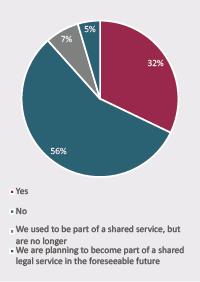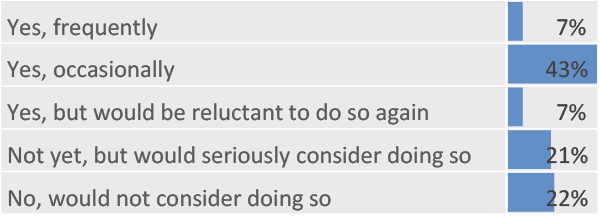The productivity puzzle
Local government legal departments are struggling with increased workloads, recruitment is increasingly difficult and external advice is expensive. Yet the movement toward shared services and alternative business structures is abating while spending on legal technology remains anaemic. Derek Bedlow looks at what the results of the Legal Department of the Future survey mean for council legal teams.

One of the criticisms often levelled at the UK economy as a whole is that the busier it gets, the less productive it becomes. Instead of devising new more efficient ways of doing things, it throws more people at the problem, increasing employment but reducing productivity.
Is the same true of the local government legal profession? As it gets busier and busier, this iteration of the Legal Department of the Future survey has found that the immediate response is to get more bodies in, while the new structures and technologies that could help to increase efficiency are put on the backburner in the rush to cope.
Moreover, the increasing tide of work for local government legal departments shows little sign of abating. Past versions of this research – in 2011, 2013 and 2015 – have found that the demand for legal services has been on an upward trend for some years and 2019 is no different.
Half of the 76 heads of legal that took part in the research expect to see a “substantial” increase in work while a further 37% expect a more modest rise. Almost nobody expects their workload to fall in the foreseeable future (FIG 1).
Fig 1 - In the foreseeable future, do you expect the overall volume of legal work generated by your authority to:
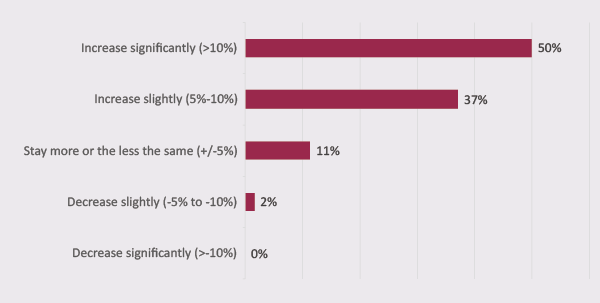
The factors behind this growth are many and varied according to the comments left for this question, but increasing commercial activity by councils, regeneration and child protection are the most commonly cited examples. More generally, as has been noted in previous versions of this survey, the loss of experience in client departments has increased the burden on legal teams as less experienced clients do not have the confidence to take decisions without relying on legal. “A lack of experienced staff in other departments has increased the reliance on legal services to provide support,” one respondent said.
So how are legal teams coping? Three strategies stand out (FIG 2). Using private practice more (mostly solicitors rather than the Bar), expanding the legal team and helping client departments to help themselves.
Fig 2 - What are the main strategies for coping with future demands?

Of these, the most popular approach to tackling this growth in work is to send more work to private practice, identified amongst their coping strategies by 56% of heads of legal, despite the view of many that they do not represent good value for money (FIG 3), especially with regards to specialist or transactional work.
Figure 3 - Do you consider the overall fees charged for ROUTINE legal services to be:
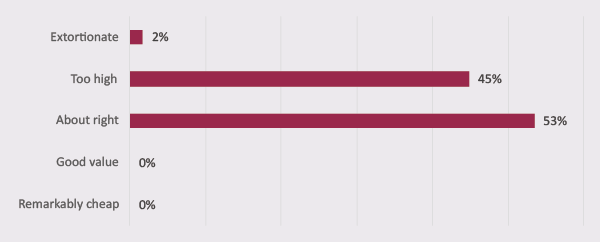
Presently, councils typically send between 10% and 20% of their work to external providers (FIG 4) – with regeneration, procurement/contracts, planning and property most likely to be outsourced (FIG 5) – but many would prefer this proportion to be lower.
Figure 4 - Approximately what proportion of your overall legal work do you send to external providers?
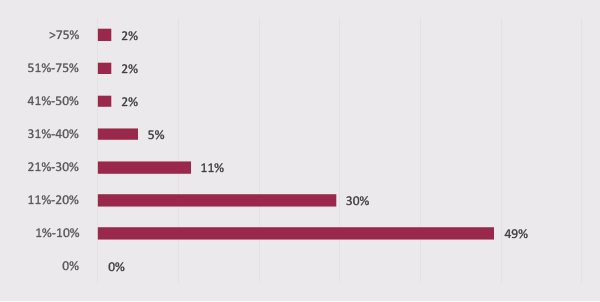
Figure 5 - In which areas of work would you be MOST likely to use private practice? (rank up to five in order)
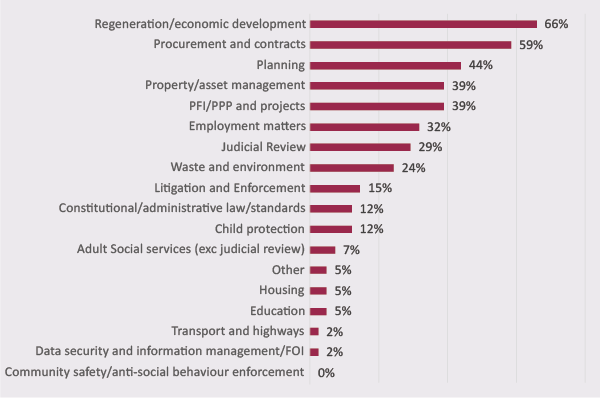
Almost a third – 30% (FIG 6) – expect to reduce their external legal spend compared with 18% who expect it to increase. By contrast, 57% intend to increase the size of their departments, against just 8% who expect to see them shrink. “There is an appreciation [at my council] of the true cost of legal services being more than the cost of the in-house provision and that the in-house provision presents better value for money per hour charged,” said one respondent.
Figure 6 - In the foreseeable future, do you expect your budget for external legal services to:
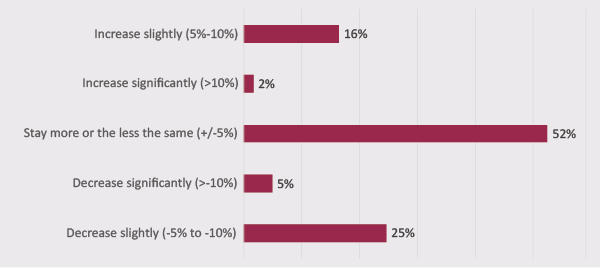
There is evidence in the recruitment market that more council leadership teams are sanctioning the recruitment of in-house lawyers to rein in external legal bills, but whether this aim can be achieved will depend on whether in-house legal teams can find (and retain) the right people in the first place. Demand for in-house local government lawyers has grown strongly in recent years to the extent that almost all participants to the survey (87%) say that hiring qualified staff is difficult, 39% described it as “very difficult” (FIG 7).
| Figure 7: In general, how easy or difficult is it to hire good lawyers in the present market? |
 |
Recruitment and retention has become the biggest single management challenge for legal department management in this year’s survey, being placed in the top three problems by 70% of respondents, some way ahead of the second biggest challenge, cost control (FIG 8). By contrast, when this survey was first taken in 2011, recruitment and retention came just 7th in the list of management headaches, behind cost control, litigation risk and growing the role of the legal department amongst others. The reasons for – and solutions to – this problem are many and varied and are discussed elsewhere in this report.
|
Figure 8 - What are your THREE biggest management challenges in the foreseeable future, in order of importance? |
 |
Too busy to share
Yet while using private practice is deemed too expensive by many and recruitment difficult, some of the other initiatives aimed at improving efficiency – shared services, alternative business structures (ABSs) and inter-authority trading of legal services – are running out of steam.
With regard to shared services, of the 76 heads of legal who took part in the research, just under a third (32%) are currently part of some form of shared legal service (FIG 9).
| Figure 9 - Are you in (or have been part of) some form of shared services arrangement with another legal team or teams? |
|
|
However, relatively few (just 5%) look set to join them and 7% of respondents have already left or dissolved their shared service arrangements. “We tried shared working with another local authority under a SLA but it is never as good as having your own in-house team,” said one.
In the past year or so, the shared legal service between Barking and Dagenham and Thurrock Councils has ended, Surrey has left the Orbis Partnership with East Sussex, West Sussex and Brighton, Hammersmith has departed from the Tri-Borough Legal Partnership with Westminster and Kensington & Chelsea while a number of district level arrangements have also come to an end or lost members.
Shared legal services have their critics amongst lawyers – “There was great client dissatisfaction as the shared service was unresponsive to their problems and there was a lack of understanding within the shared service of anything other than the originating council’s objectives and policies,” said one respondent. There were also a number of comments made to the survey that the parties to some shared services were too busy with their day-to-day work to develop the processes and structures that would realise the efficiency benefits of shared service arrangements.
They can also be a turn-off for prospective recruits. Amongst the 420 respondents to the careers side of the survey, 35% said that they would be less likely to apply for a job in a shared legal service, compared with just 10% who would be more likely to, despite a majority agreeing that it would have benefits in terms of variety and quality of work and career development opportunities.
Nevertheless, the majority of heads of legal surveyed who are (or have been) part of a shared service are generally positive about the experience (FIG 10). Seventy-seven per cent said that that the benefits of joining a shared service had outweighed the costs (36% “significantly”; 41% “reasonably”) compared with 18% who said they had a negative experience and 5% who were neutral. Indeed, in many cases where shared legal services arrangements have been dissolved, it has been due to senior management or political reasons rather than because the lawyers failed to get them to work.
Figure 10 - To what extent has the shared services arrangement in which you are (or were) a part of met your expectations?

“Our shared service has provided resilience in specialist areas (e.g. education, employment, adult social care) and to a large degree protected us from savings targets, as well as providing interesting work across a number of authorities,” one respondent said. “The main disadvantage has been juggling priorities and building and maintaining relationships with key client officers.”
The other method by which local authority legal teams can help each other out is by trading legal services with one another but here again, growth is lukewarm at best. Most legal departments are too busy with their own work and the Solicitors Regulation Authority’s (SRA) increasingly strict interpretation of when to whom in-house departments can sell legal services to external clients without an ABS means that the proportion of legal departments that say that they provide external legal services (FIG 11) has dropped from 55% in 2015 to 34% this time. A further 7% say they plan to start doing so in the future, but exactly the same proportion say they have stopped selling legal services externally.
Figure 11 - Do you currently sell, or plan to sell, legal services to other organisations?
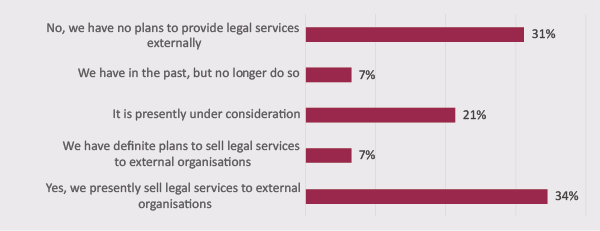
Participants were also asked if they regularly bought legal services from other authorities (FIG 12) – only 7% said they regularly did so and another 7% said that they would be reluctant to do so again.
| Figure 12 - Has your authority bought legal services from another local authority? |
|
|
Consequently, the drive towards ABSs, seems to have almost stalled completely. Just 3% of participants in this year’s survey are actively pursuing an ABS compared with 21% when the Legal Department of the Future survey was last conducted in 2015 (FIG 13). “It is a time consuming and costly exercise and we have very little spare capacity,” said one head of legal.
| Figure 13 - Are you considering applying for ABS status? |
 |
The technology gap
So if shared services, inter-authority trading and ABSs have fallen victim to the time pressures that legal departments are under, can technology plug the productivity gap? There seems little evidence of significant expansion in this area. While a third of respondents expect to moderately increase their IT budgets, only 2% expect to increase their legal technology spending by the margin required for such spending to be transformative in the foreseeable future (FIG 14). The majority of legal departments don’t expect significant change at all and 8% plan to reduce their legal technology spending.
| Figure 14 - In the foreseeable future, is your budget for legal technology likely to grow or contract? |
 |
Where specialist technology is currently being utilised (FIG 15), it is most commonly to be found being deployed for legal research (88% of departments) and to a lesser extent document management (57%), workflow mapping (34%) and document automation (28%). All three of the latter are set for some growth as around a quarter of legal departments expect to implement some or all of these technologies in the foreseeable future.
Figure 15 - Which of the following technologies are you currently or planning to use?
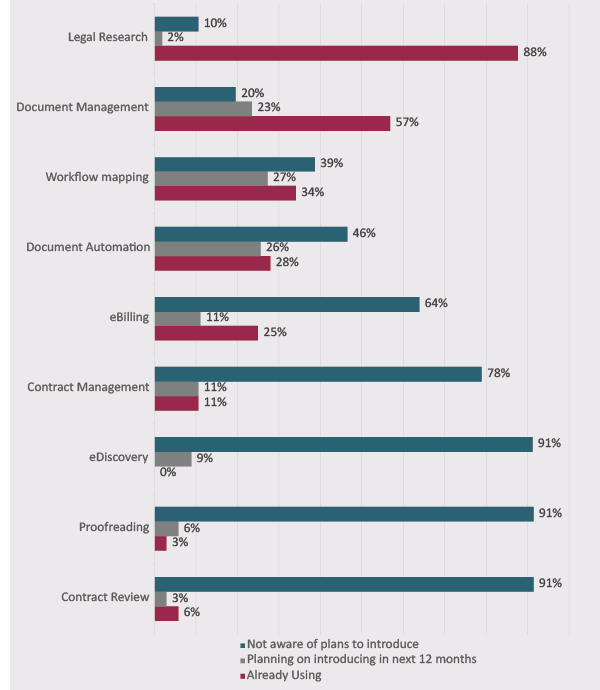
Heads of legal are well aware of the potential benefits of legal technology, especially with regard to productivity gains and the opportunity it provides to update working practices and work more closely with clients (FIG 16). Yet the Big Bang for legal technology in the local government sector still seems some way off.
Figure 16 - What are the main benefits of using legal technology? (rank THREE in order)
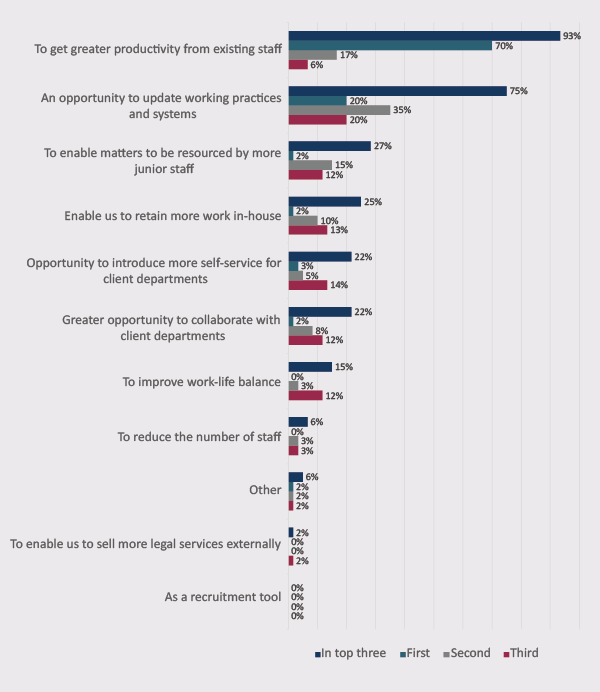
Heads of legal were asked what the barriers to greater deployment of legal technology were (FIG 17) and unsurprisingly the most common answer was lack of resources. However, perhaps more telling is the second most popular answer, that it is difficult for prospective purchasers to quantify the return on investment of technology. Despite the growth in legal work, there is little spare cash in which to invest in projects that do not have a quantifiable benefit at the end and this would seem to be an area that some of the technology providers need to focus on.
Figure 17 - What are the biggest obstacles to making more use of legal IT? (rank THREE in order)
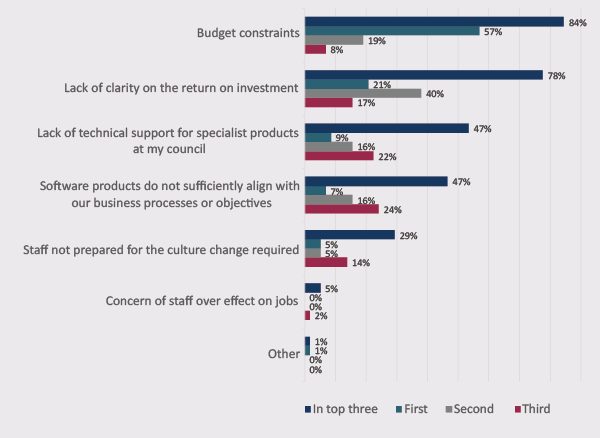
What technology, shared services and ABSs have in common is that they require investment of both money and time now for rewards that may not be realised for some years to come.
One clue to the lack of investment in both is in the answers to the biggest management challenges (FIG 8) where cost control comes second only to the recruitment of staff in the list of challenges.
It is the classic Catch-22 situation – most of the initiatives that would save money in the long-term have a short-term cost, which many legal teams have neither the time nor resources to address. Most legal departments are simply too busy to take the steps to make themselves more efficient – and less busy.
Unsurprisingly then, 50% of lawyers expect their departments to remain independent and of a similar size to now in the future, compared with just 31% who thought the same four years ago. To quote another literary work, it is simply a case of back to the future for many in-house legal teams.
Derek Bedlow is the publisher of Local Government Lawyer. He can be reached at derek.bedlow@localgovernmentlawyer.co.uk.
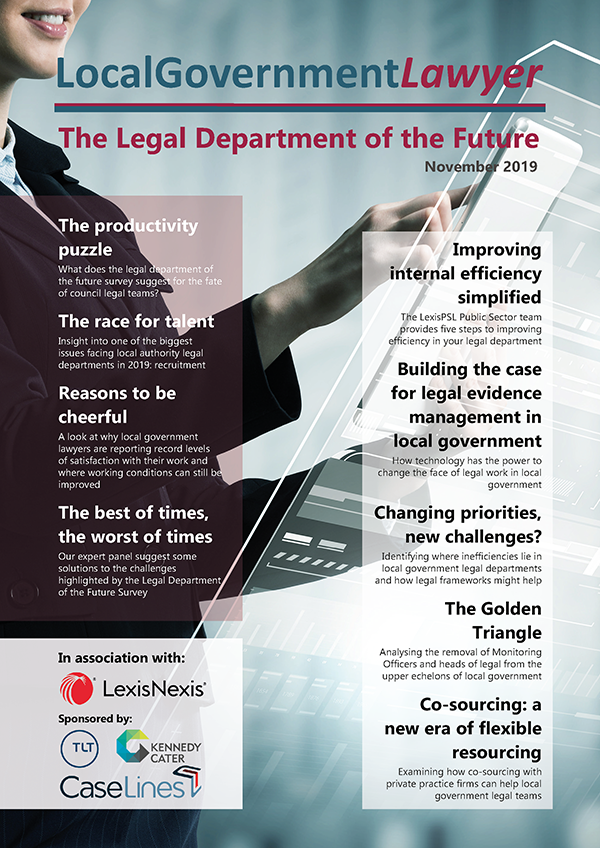
This article appeared in the Legal Department of the Future report, published in November 2019. To read or download the full report, please click on the following link: http://www.localgovernmentlawyer.co.uk/legal-dept-of-the-future


